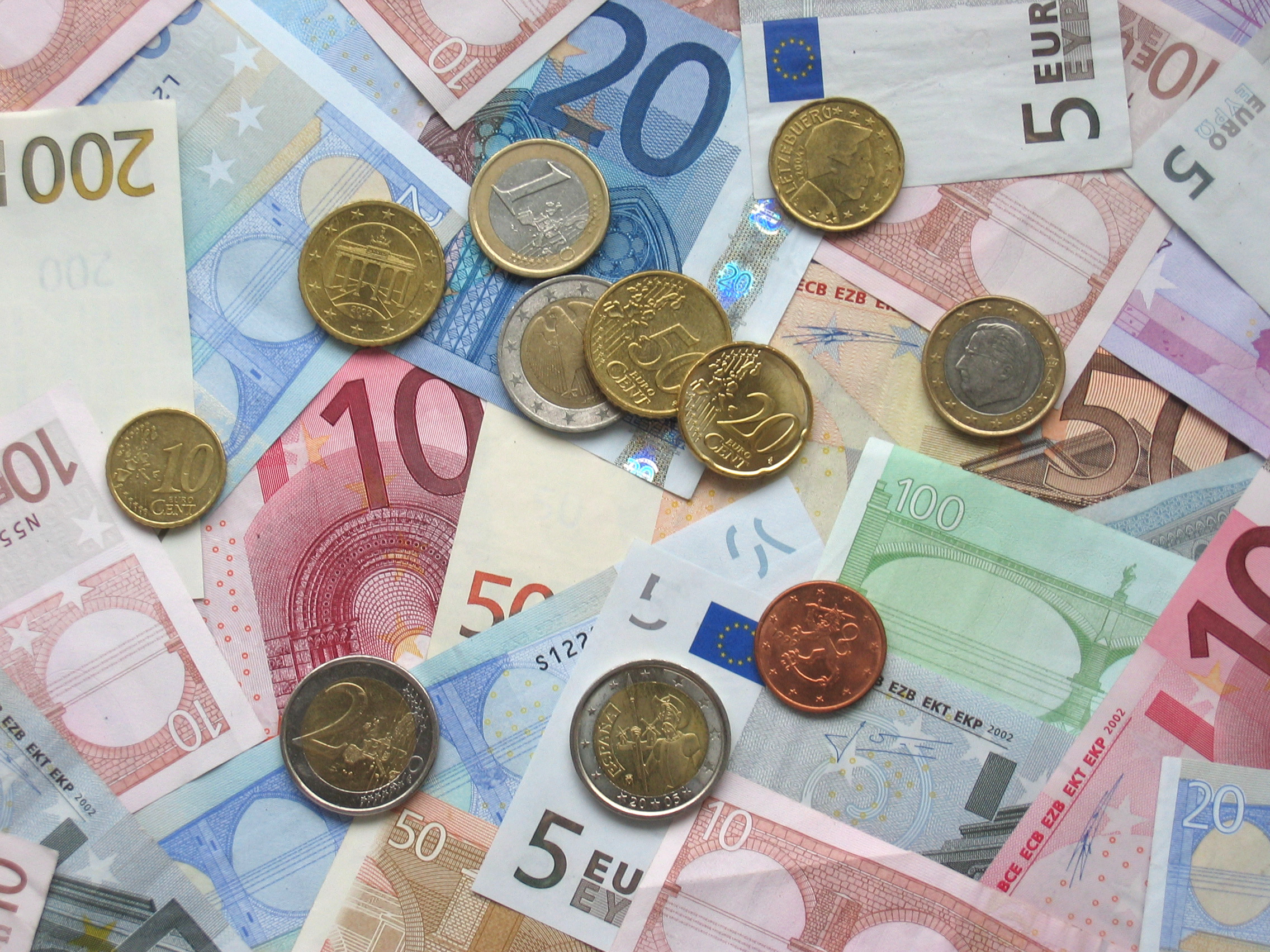David Orrell on Money and McLuhan

Canadian writer and mathematician David Orrell delivered an eerily-timely speech on money and its complex nature only days before the Canadian dollar sank to a six-year low.
Orrell, who wrote the bestselling book Apollo’s Arrow: The Science of Prediction and the Future of Everything, was invited to speak at the Canadian Embassy in Berlin as part of the annual Marshall McLuhan Lecture organized by Transmediale, a festival that explores the intersections of art and digital culture.
During the hour-long lecture, Orrell picked up on McLuhan’s idea that money is a social medium and touched on everything from the origins of currency and its properties to its unpredictable and elusive nature. “Money is very important, but despite its importance and the long history of our relationship with it, we don’t seem to know money very well,” he said. In theory, Orrell explained, the Euro is supposed to bond people together despite national differences, but in reality, the Euro has—in some respects—actually amplified differences between certain regions and polarized society.
A recurring theme was the dualistic nature of money. Price may be an exact number, but real world value is an altogether more abstract, transient and uncertain concept. “Money is conventionally defined as something that serves as a medium of exchange, a store of wealth and a unit of account ... Well, I’m going to risk a rather McLuhan-esque sounding definition: Money is the technology that mediates number and the fuzzy concept of real world value,” he told us.
To explain this concept, Orrell drew from the inherently dualistic philosophy of ancient Greek scientist, philosopher and religious scholar Pythagoras, comparing the Table of Opposites to McLuhan’s categorization of visual and acoustic space. He then related these ideas to the production of coins, which can be seen as a physical manifestation of the money duality. Essentially, the stamping of a metal blank represents the virtual number aspect, obeying mathematical rules and existing outside of time and space, while the metal is the material body, representing wealth in the real world.
If you have a coin or bill in your pocket, the number written on it is not going to change. However, its value might go up or down with time, like a bag of groceries that has a best before date. Orrell went on to say that perhaps this binary logic behind money—and its constant toggling between sides—is what makes it difficult to understand. “Money is both credit and debit, mind and matter, virtual and real—all at the same time,” he said.
Though he didn’t have any answers on how to bring some order into this sphere, the last trait of money that Orrell named to reiterate its duality seemed particularly poignant.
“Money is unlimited. Unfortunately, the world is not,” he said, “There’s this idea, the split between the mental and the physical aspects of money, and it’s acted out on a global scale. We maximize GDP, which is an abstract number, by liquidating the planet, which is the real thing. I think we we need to bring these together—maybe do a kind of monetary yoga that will yolk the mind and the body together in some way.”
Follow Charmaine Li on Twitter @charmaine_li





